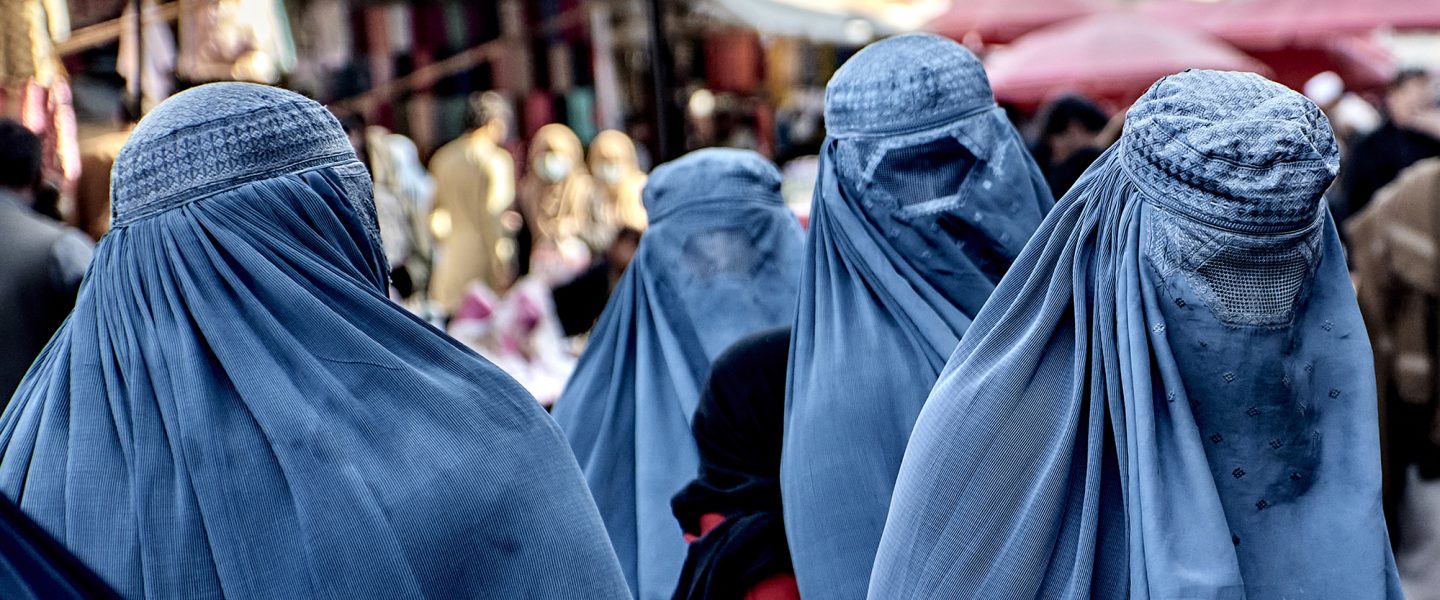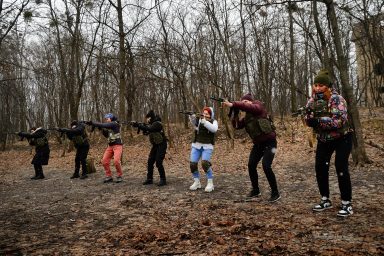Providing aid may bring relief, or just prolong oppression in Afghanistan.
|
Listen To This Story
|
Sitting heavy in my mailbox is something I’ve been meaning to get to for about six weeks, and it seems to be getting heavier by the day.
It’s a report from the Special Inspector General for Afghanistan Reconstruction (SIGAR).
His title probably needs a “reality lift.” The whole idea of Afghan “reconstruction” dates back to when it actually seemed possible to reconstruct Afghanistan. This was true notwithstanding the incompetence and corruption of various governments since the US and its allies originally displaced the Taliban during their invasion in 2001. The term is outright risible now that the odious and brutal Taliban are in charge again, as they have been since their recapture of the country in 2021.
In this impossible situation, the inspector general’s office has stood out as a beacon of concern and reason. The IG, John F. Sopko, was appointed by Barack Obama in 2012 and is still doing this thankless task all these years later.
WhoWhatWhy has been reading Sopko’s insightful and bold reports closely for years, and commenting on them even when other media did not. In fact, we interviewed him way back in 2015 and also had him on as a podcast guest.
Sopko’s January report didn’t garner serious attention, but it deserves it. His salient point is that the support the US keeps providing to Afghanistan, intended to foster positive developments under the government there, may be doing more harm than good.
That’s simply because of the Taliban’s horrendous practices toward women. Tragically, US aid, which is intended to prop up the country so that the people don’t live in total misery, may actually be propping up… the Taliban.
Unfortunately, Sopko says, any aid seems to ensure that the Taliban stays in power, and thereby makes it possible for them to continue their policy of crushing women and women’s rights in all respects.
Erasing Half the Population
In the two decades between the US’s ouster of the Taliban and its return to power, Afghan women and girls made astounding progress. Women did not have to cover their faces, they could become entrepreneurs in various businesses, they could work in journalism, health care, and even law enforcement. All kinds of abuses were outlawed, and special courts with female judges were established.
Those gains have now been completely reversed. Here’s how bad things have gotten, as described in the SIGAR report:
By Taliban edict, women are being systematically erased from public life. They face severe restrictions on their movements outside their homes, requirements to be fully covered in public, limited opportunities for employment, and a ban on attending school past the sixth grade. Afghanistan is now the only country in the world where it is illegal for a woman to attend secondary school or university.
Imagine having to cover your entire body — including your face — before you dare go out in public, and to be under constant threat of violence, including sexual violence. And being ordered to remain at home at all times, imprisoned, except in cases of necessity. And even then, you will be denied essential services, including medical care, unless you are accompanied by a male chaperone.
The women say they feel “invisible, isolated, and suffocated.” It’s as if their very existence were some horrible mistake.
The details in this excruciating incident really show what life is like under the Taliban:
The day was much like any other. For the young Afghan mother, the only difference was that her child was feverish and had been for some time and needed to see a doctor. But simple tasks in Taliban-controlled Afghanistan today are not that easy.
The mother was alone and the doctor was across town. She had no male relative to escort her. To ask another man to do so would be to risk severe punishment. To go on her own meant that she would risk flogging.
Because she loved her child, she had no choice. Donning the tent-like burqa as Taliban law required, she set out, cradling her child in her arms. She shouldn’t have.
As they approached the market, she was spotted by a teenage Taliban guard who tried to stop her. Intent on saving her child, the mother ignored him, hoping that he would ignore her. He didn’t. Instead he raised his weapon and shot her repeatedly. Both mother and child fell to the ground. They survived because bystanders in the market intervened to save them. The young Taliban guard was unrepentant — fully supported by the regime. The woman should not have been out alone.
The above report is from “The Taliban’s War Against Women” and it was written in 2001 during “Taliban Part 1.” Two decades later, little has changed — and if it happened today, surely bystanders would not dare intervene.
Without Women…
The Taliban’s fanatical commitment to returning women to the veil and the home has essentially made the international effort to prevent starvation impossible. Women and their children have been the principal beneficiaries of aid — but banning women from doing aid work has basically ensured that this flow has been drastically curtailed.
Much of the aid not getting to the neediest ends up being used in ways that essentially give the Taliban hopes of hanging on to power and also confer a kind of legitimacy on the regime.
But while SIGAR is pointing out how providing aid may be worsening women’s situations, others argue the opposite.
Quite a few international aid groups withdrew funding after the Taliban introduced draconian policies toward women late last year. A February report from the NGO International Crisis Group warns that this aid cutoff most likely harms women and girls the most.
Says ICG:
The new restrictions have dealt women’s freedoms a grievous blow. They are also impeding delivery of life-saving assistance, disrupting the world’s largest aid operation even as half the population suffers from acute hunger.
However, under “What should be done?” ICG says:
No good options exist for protecting women’s and girls’ rights and helping millions of people suffering under Taliban rule. Aid workers must pause and recalibrate when they cannot uphold humanitarian principles. Donors should fund humanitarian appeals and try to create space for development agencies and address the country’s socio-economic disaster.
The bottom line is you’re damned if you do, and damned if you don’t. This underlines the incredibly difficult challenges facing even the very best policy teams Washington can assemble.
It’s easy to criticize the White House and State Department, but the fact is that probably no one has a good solution here short of ousting the Taliban again. And we all know both how difficult that would be and how disastrous the likely consequences all around of “doing the right thing.”
In addition, with rising opposition to helping Ukraine withstand Russia’s savage assault, we all know how well the messy and expensive job of rescuing the women of Afghanistan would go down.




